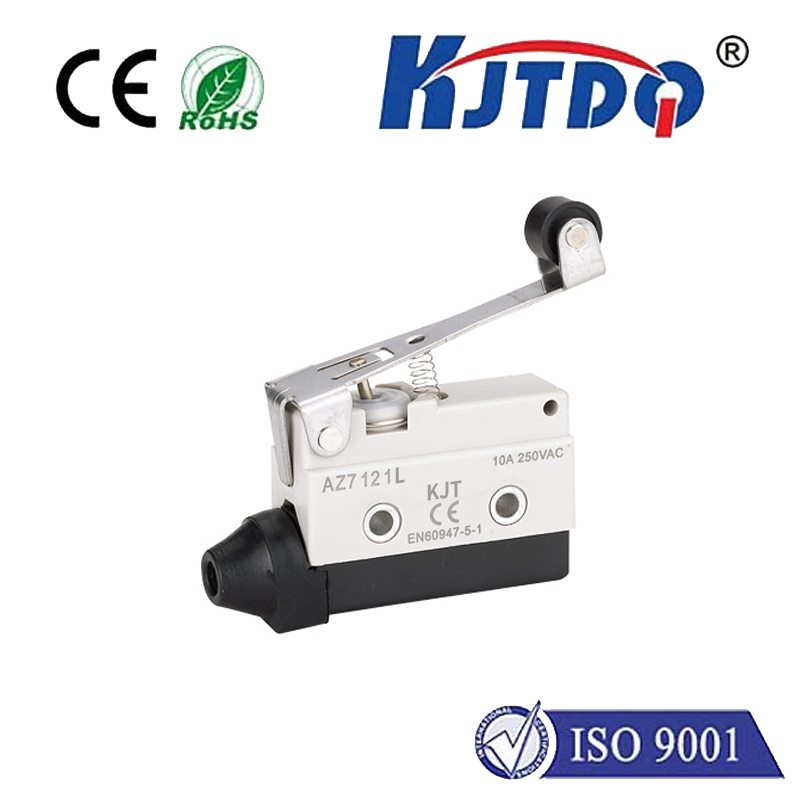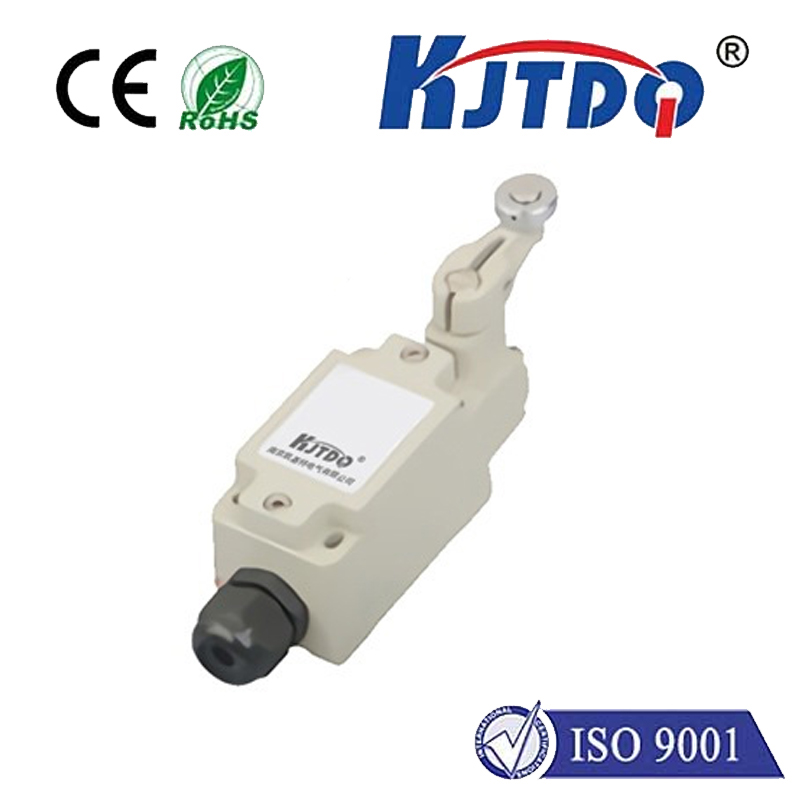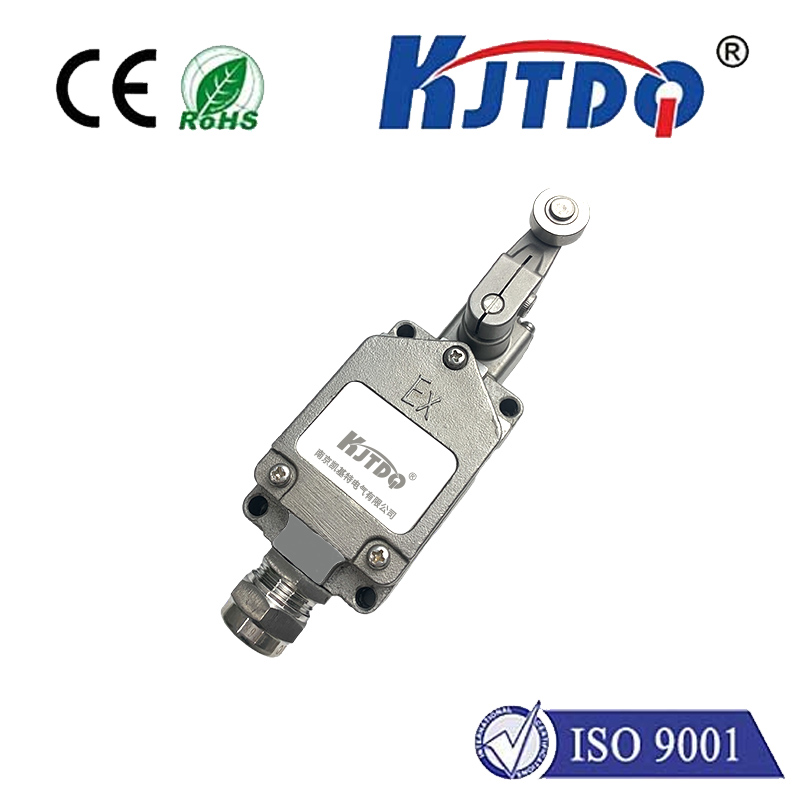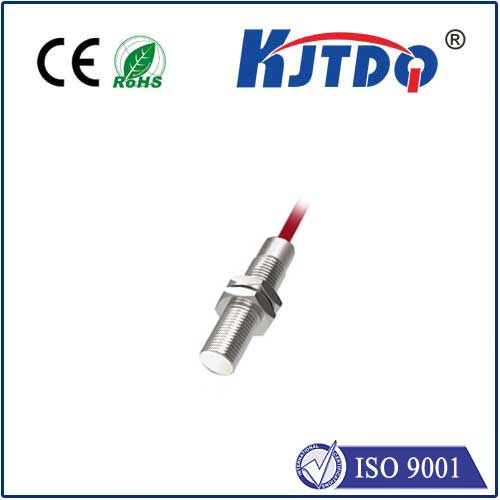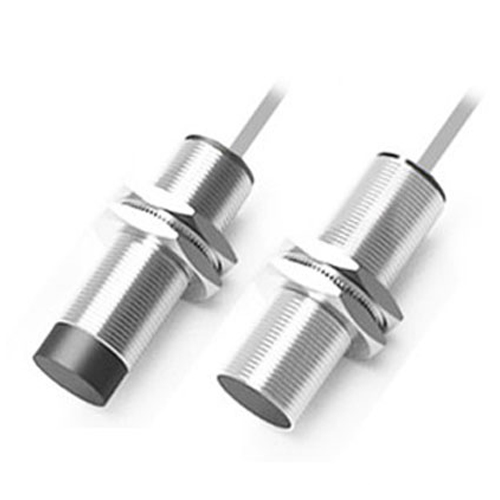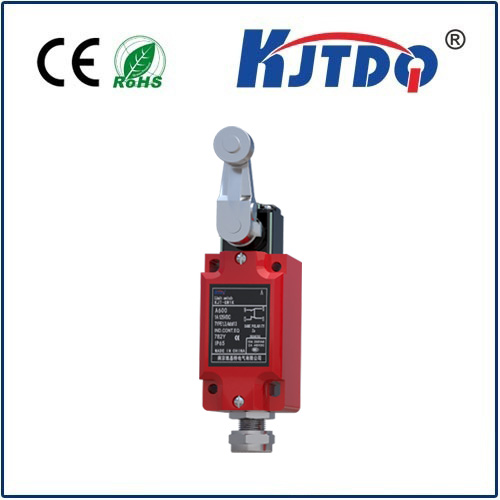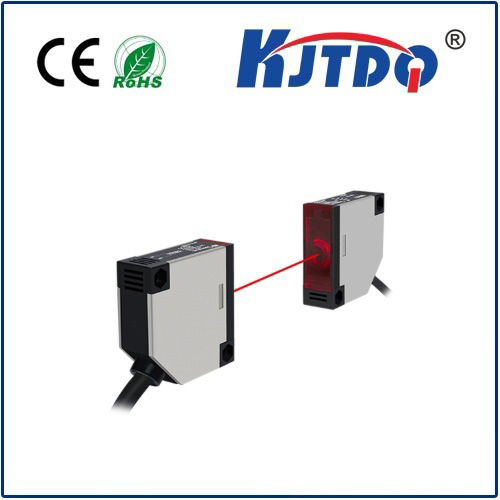10h11 linear limit switch
- time:2025-08-01 10:14:33
- Click:0
Unlocking Precision Control: Your Guide to the 10H11 Linear Limit Switch
Imagine a critical assembly line grinding to a halt. A robotic arm overshoots its target. A safety gate fails to engage. Often, the unseen culprit lies in a component tasked with defining boundaries: the limit switch. When precision positioning is paramount, especially over straight-line paths, the 10H11 Linear Limit Switch emerges as a robust and reliable solution. This specialized device plays a vital role in countless industrial and automation scenarios, ensuring machines operate safely, efficiently, and within defined physical constraints. Let’s delve into what makes the 10H11 a key player in the world of linear motion control.
Understanding the Role of Limit Switches
At their core, limit switches are electromechanical devices designed to detect the presence or absence of an object or to monitor the position of machinery within a predefined range. They act as sentinels, sending electrical signals when an actuator (like a cam, target, or machine part) physically contacts the switch’s operating element. This signal typically tells a control system to stop movement, change direction, initiate a sequence, or trigger an alarm. They are fundamental building blocks for safety interlocks, position verification, and end-of-travel detection.
Linear vs. Rotary: Choosing the Right Path

Not all limit switches are created equal. A critical distinction lies in their primary mode of operation:
- Rotary Lever Switches: These utilize a rotating arm or lever. When the lever is deflected past a certain point by a moving object, it rotates internally, actuating the switch contacts. They are excellent for detecting objects moving perpendicularly past the lever or in rotary applications.
- Linear Plunger Switches: The 10H11 belongs primarily to this category. Here, the operating principle relies on the linear movement of a plunger (sometimes called a pushrod or actuator) directly into the switch body. When a machine part or target applies force straight along the plunger’s axis, it depresses the plunger, mechanically triggering the switch mechanism inside. This makes them ideally suited for applications where movement occurs precisely along the switch’s plunger axis.
Why the 10H11 Linear Limit Switch Stands Out
The designation “10H11” typically refers to a specific design and construction standard for plunger-type limit switches, often adhering to robust specifications common in demanding environments like aerospace, manufacturing, and heavy machinery. While exact specifications vary by manufacturer, a 10H11 switch generally implies several key characteristics:
- Robust Plunger Design: The linear plunger itself is a critical component. It’s engineered for durability and smooth operation, often featuring hardened materials and precise guidance to prevent binding. This ensures repeatable accuracy over millions of cycles.
- High Mechanical Life: Designed for demanding industrial use, the 10H11 boasts an exceptionally high mechanical life expectancy. Internal mechanisms are built to withstand constant actuation without degrading performance.
- Precise Operation & Repeatability: Accurate positioning demands switches that actuate consistently at the exact same plunger depression point. The 10H11’s linear plunger design contributes significantly to this repeatable accuracy, crucial for precision machinery.
- Environmental Resilience: These switches are typically built to endure harsh conditions. Expect features like:
- Robust Housing: Often metal (e.g., aluminum or stainless steel) for impact resistance.
- Effective Sealing: IP67 (Ingress Protection) ratings or higher are common, meaning they are dust-tight and can withstand immersion in water up to 1 meter for 30 minutes. This is vital for washdown environments or areas exposed to dust, oil, and coolants.
- Temperature Tolerance: Operation across a wide temperature range (-65°F to +160°F or wider) is standard.
- Electrical Reliability: Internal contacts are designed for high electrical ratings, handling significant currents for solenoid or motor control, and offering millions of reliable electrical switching cycles. Options usually include SPST (Single Pole, Single Throw) and SPDT (Single Pole, Double Throw) contact configurations for flexible wiring.
- Compact Footprint: Despite their ruggedness, 10H11 switches maintain a relatively compact size, making them easy to integrate into machinery where space is often limited.
Key Applications: Where Linear Precision is Non-Negotiable
The 10H11 linear limit switch finds its niche wherever precise linear position verification or end-of-travel detection is required. Some prominent examples include:
- Machine Tool Positioning: Defining the precise start and end points for milling heads, lathe carriages, or grinding tables. Accurate positioning is critical for part quality.
- Material Handling Systems: Detecting the position of pallets on conveyors, verifying shuttle positions in AS/RS (Automated Storage/Retrieval Systems), or confirming elevator platform height. Ensuring smooth, safe material flow.
- Robotics: Defining safe workspace boundaries for robotic arms or confirming the exact position of linear actuators within robotic systems. Essential for safety and precision.
- Packaging Machinery: Verifying the position of form-fill-seal jaws, detecting product presence at critical stages, or confirming case erector positions. Maintaining high-speed production efficiency.
- Aerospace & Defense: Used in landing gear position sensing, actuator control in flight systems, and various ground support equipment where extreme reliability under harsh conditions is paramount.
- Industrial Valves: Monitoring the open/closed position of large linear actuated valves.
- Safety Guarding: Acting as interlock switches on hinged guards or safety doors, where the plunger is depressed only when the guard is securely closed. Critical for operator safety.
Installation and Integration Considerations
While rugged, maximizing the lifespan and reliability of your 10H11 limit switch requires proper installation:
- Mounting: Ensure the switch is securely mounted to prevent vibration-induced damage or misalignment. Use appropriate brackets or mounting bosses.
- Plunger Alignment: This is crucial. The target actuator must contact the plunger head squarely, applying force directly along its linear axis. Misalignment causes binding and premature wear. Consider adjustable mounting brackets for fine-tuning.
- Over-Travel Protection: Most 10H11 switches allow for a certain amount of plunger movement beyond the actuation point (overtravel). This prevents damage if a machine slightly overshoots. Never force the plunger beyond its mechanical limit (total overtravel).
- Electrical Connections: Follow the manufacturer’s wiring diagram carefully, ensuring correct voltage and current ratings. Protect wiring conduits from damage. Use proper strain relief.
The Unseen Guardian of Linear Motion
In the complex choreography of industrial automation and machinery, the 10H11 Linear Limit Switch performs a role that is both fundamental and critical. Its blend of robust construction, precision linear actuation, environmental resilience, and electrical reliability makes it the go-to choice for countless applications demanding dependable position sensing and boundary definition. From ensuring a milling machine stops at exactly the right point to guaranteeing a safety door is latched before power is applied, the 10H11 acts as a silent, steadfast guardian. When your application involves definitive straight-line movement where accuracy and durability matter, understanding the capabilities and proper application of the 10H11 linear limit switch is essential for achieving optimal performance, safety, and uptime. Its consistent, reliable operation forms a bedrock of control in the demanding world of industrial motion.







